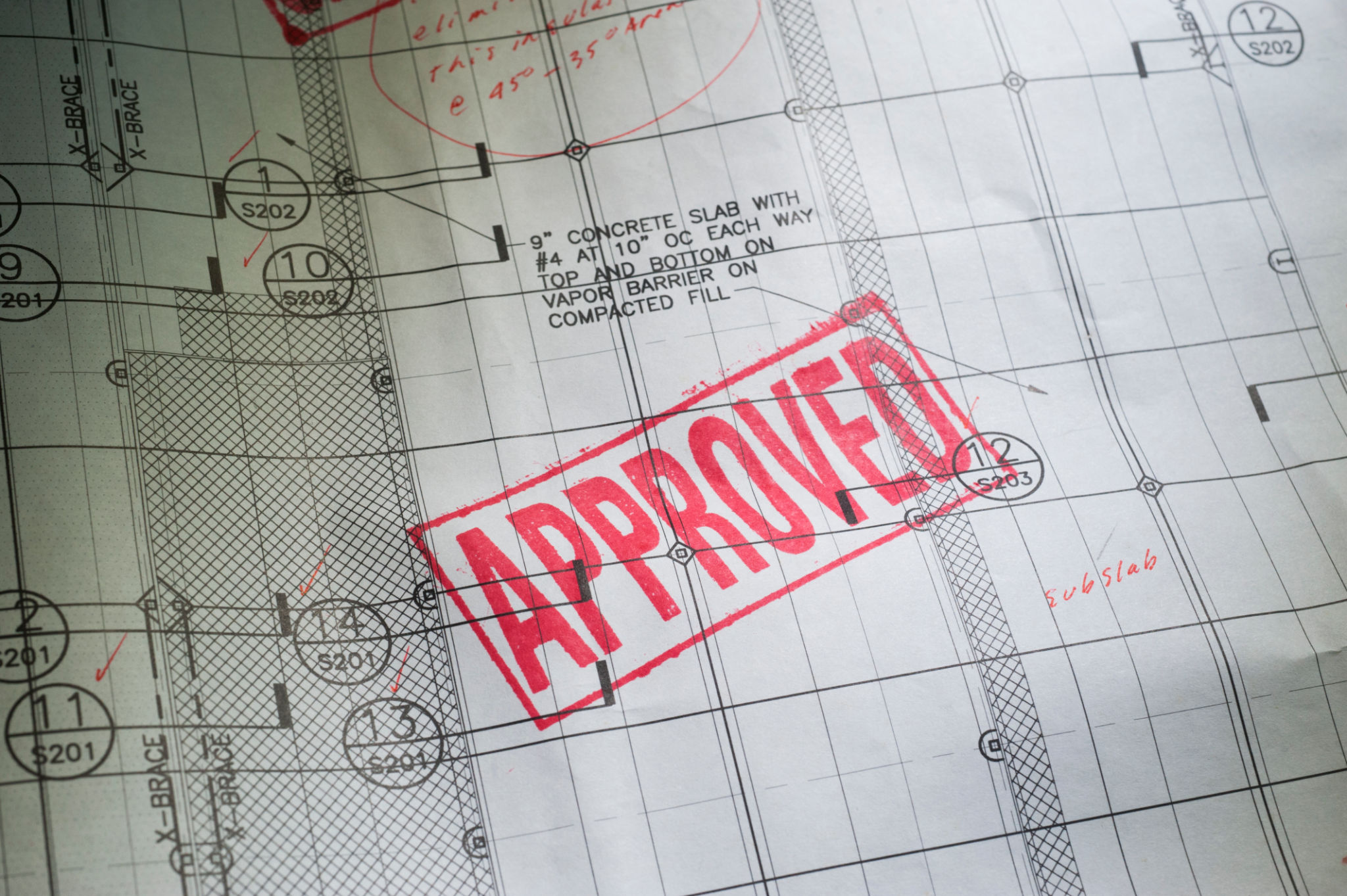Navigating Construction Regulations in Ontario: What You Need to Know
Understanding the Basics of Construction Regulations in Ontario
In Ontario, construction regulations are designed to ensure safety, quality, and sustainability in building practices. Navigating these regulations can be complex, but understanding the basics is crucial for successful project execution. The primary framework guiding construction activities is the Ontario Building Code, which sets out minimum standards for building design and construction.
It is important to note that these regulations apply to various aspects of construction, including zoning laws, environmental considerations, and safety standards. These regulations are enforced by local municipalities, which means there can be variations in how rules are applied across different regions in Ontario.

Key Components of the Ontario Building Code
The Ontario Building Code is a comprehensive document that outlines specific requirements for construction projects. Key components include structural integrity, fire protection, energy efficiency, and accessibility. Builders must ensure compliance with these standards to obtain necessary permits and avoid potential fines or project delays.
One of the critical aspects of the Building Code is its emphasis on fire safety. This includes regulations on fire-resistant materials, smoke alarms, and sprinkler systems. Additionally, energy efficiency standards have become more stringent, requiring builders to incorporate sustainable practices and materials.
Obtaining Permits and Approvals
Before starting any construction project, it is essential to obtain the required permits and approvals from local authorities. The process typically involves submitting detailed plans and specifications for review. Municipalities will assess these documents to ensure compliance with zoning laws and the Ontario Building Code.

Navigating Zoning Laws
Zoning laws in Ontario dictate how land can be used within specific areas. These laws help organize urban development and ensure that residential, commercial, and industrial areas are appropriately designated. Understanding zoning laws is crucial for avoiding legal issues and ensuring your project aligns with community planning objectives.
Builders must be aware of zoning by-laws that specify building heights, lot sizes, and setback requirements. Failure to comply with zoning regulations can lead to significant project delays or even halts in construction.
Environmental Considerations
Environmental regulations play a significant role in construction projects in Ontario. These regulations aim to minimize the environmental impact of building activities. Builders must consider factors such as waste management, pollution control, and the preservation of natural habitats when planning their projects.

Ensuring Safety Standards
Safety is a top priority in the construction industry, and Ontario's regulations reflect this focus. Builders are required to adhere to strict safety standards that protect workers and the public. This includes ensuring the stability of structures, proper use of materials, and adherence to occupational health and safety guidelines.
Regular inspections are conducted throughout the construction process to ensure ongoing compliance with safety standards. Non-compliance can result in severe penalties and jeopardize the project's completion.
Staying Updated with Regulatory Changes
Construction regulations in Ontario are subject to change as new technologies emerge and societal needs evolve. It is crucial for builders and developers to stay informed about any updates or amendments to the regulations to maintain compliance and avoid any disruptions in their projects.
Engaging with industry associations and participating in training programs can be effective ways to keep abreast of regulatory changes. This proactive approach helps ensure successful project execution while aligning with current standards.
